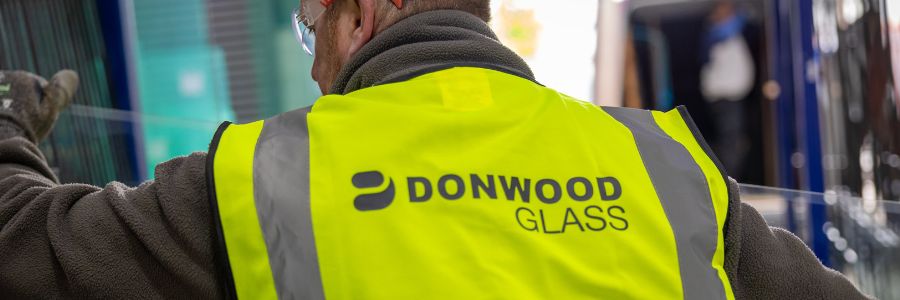
Upcoming changes to Part L Building Regulations
15 June 2022
The long-awaited changes to the UK Building Regulations were finally published in December 2021 and will come into force on 15th June 2022. They will not apply to work subject to a building or initial notice or complete plans application submitted before then - provided the work begins on-site before the 15th of June 2023.
These changes focus on greater fabric performance and reduced energy demand. The aim is to cut carbon emissions from new homes by around 30%. One of the five new Approved Documents, Part L (‘Conservation of Fuel and Power’), will significantly impact glass and glazing products, particularly for new dwellings. This article will discuss the changes to Part L and how these will affect you.
What has changed?
The 2021 edition of Approved Document L, Volume 1, introduces new minimum efficiency standards (backstop values) for new and replacement thermal elements, windows, and doors. The new SAP 10 (Standard Assessment Procedure) method will assess new build schemes.
Most new window types, including roof windows and glazed doors, must now achieve an improved U-value of 1.6 W/m2K compared to 2.0 W/m2K. However, the U-value of the glass will have to be much lower than this to enable a new dwelling to achieve its target for primary energy, carbon emissions and fabric energy efficiency rates.
Notional and backstop values in SAP 10
The changes to Part L concern new and existing dwellings. The previous Part L document and the latest version enable house builders to use the same glass to achieve building regulations for existing homes.
For example, we can still use Donwood Super Low-E thermal insulating glass applied to the previous Part L regulations for ‘existing dwellings’ as they meet the new Part L regulations for existing dwellings. An introduction of the following standards for replacement windows, doors and roof lights in existing dwellings are listed below.
| Fabric element | Maximum U-value (W/m2K) |
|
Window (including roof window or curtain walling) Rooflight |
1.4 or minimum WER Band B 2.2 |
|
Doors with greater than 60% on internal face glazed |
1.4 or minimum Door Set Energy Rating (DSER) Band C |
| Other doors |
1.4 or minimum Door Set Energy Rating (DSER) Band B |
Changes include;
· For timber windows, a maximum U-value of 1.6 W/m2K or WER band C is permissible until 14th June 2023. From 15th June 2023, the whole standard of a maximum U-value of 1.4 W/m2K or WER band B applies.
· For timber doors, a maximum U-value of 1.8 W/m2K or DSER band E is permissible until 14th June 2023. From 15th June 2023, the entire standard of a maximum U-value of 1.4 W/m2K or WER band C / B applies.
· For external fire door sets, a maximum U-value of 1.8 W/m2K is permissible.
· WER, Window Energy Rating, is generally considered a better indicator of the energy performance of a window because it assumes a range of parameters, including the good solar heat gain. The U-value is the total U-value of the window, considering both the glass and frame.
· The U-value of a roof light should be based on the outer developed surface area, which is often more significant than the roof opening area.
As for new dwellings, the U-value for glazing has been tightened to a notional target of 1.2 [W/m2K], compared to 1.4 in the previous edition. We will now provide products that have a Ug value of 1.0 to meet the new regulations. This is because the complete window system, including its frame, sealant and spacer bar, must be considered when calculating the U-value. To achieve a notional UW-value of 1.2, house builders and architects need to specify glass products with a Ug-value of 1.0 W/m2K.
Donwood has a range of product options available to meet the requirements of these new and enhanced building regulations. We are prepared for the upcoming changes and can’t wait to move forward with our work.
Please contact us further to discuss this and any other glass requirements you may have.
